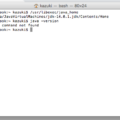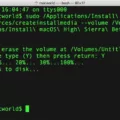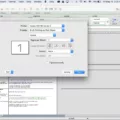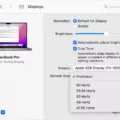If you are looking to find the Ethernet MAC Address on your Macbook, then you have come to the right place! A MAC (Media Access Control) address is a unique identifier assigned to your network interface that can be used to identify and differentiate between different devices on the same network.
In order to get the Ethernet MAC Address on your Macbook, there are a few simple steps you need to take. On a Mac, open the Terminal application. Type “ifconfig” at the command prompt and your MAC address will be displayed beside the label “ether”. For Windows users, select “Run” or type “cmd” into the search bar at the bottom of the Start menu in order to bring up the command prompt. Then type in “ipconfig /all” (note: there is a space between the g and /). The MAC address should be listed as a series of 12 digits, listed as the Physical Address (such as 00:1A:C2:7B:00:47).
Once you have confirmed that you have obtained your Ethernet MAC Address, it is important to check for a few common issues that can occur when trying to access this information. First, check that your Ethernet cable is not damaged in any way and that it is securely connected both to your computer and device. If this does not work, try removing then re-connecting it again; sometimes connections can become loose so this can help ensure that everything is properly connected. Lastly, make sure your network settings are correct; if they are not set correctly then this could prevent access from being granted.
We hope this guide has been helpful in helping you obtain your Ethernet MAC Address on your Macbook!
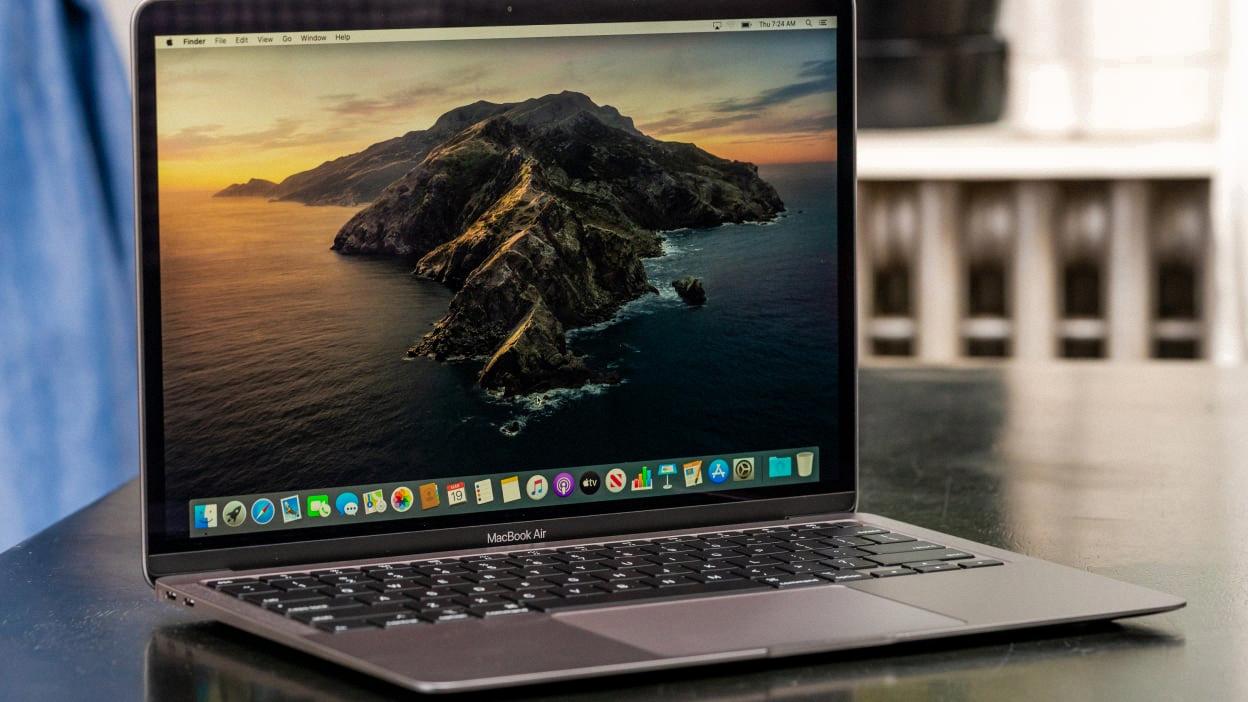
Finding the MAC Address of a Macbook Using Terminal
Finding your MAC address on a Macbook terminal is a simple process. Begin by opening the Terminal application, which is located in the utility folder inside of your Applications folder. Once you have the Terminal open, enter the command “ifconfig” at the prompt and hit enter. This will display all of your network information, including your MAC address which will be listed beside the label “ether”. The MAC address should look like this: xx:xx:xx:xx:xx:xx. That’s all there is to it!
Identifying the MAC Address of an Ethernet NIC
The MAC address of my Ethernet NIC is a unique identifier made up of 12 digits, typically written in the form 00:1A:C2:7B:00:47. This address is used by the network hardware to identify each device on the network. It’s important to note that this address is unique and cannot be changed, so it’s essential for identifying your own device and keeping track of other devices connected to your network.
Troubleshooting Ethernet Issues on Mac
If Ethernet is not showing up on your Mac, there could be a few different causes. First, check to make sure that the Ethernet cable is securely connected to both your computer and the device. If it’s not, reconnect it and see if that solves the issue. If it still doesn’t appear, try restarting your Mac and seeing if it appears then.
If the Ethernet port still isn’t appearing after restarting, check your network settings in System Preferences > Network. Make sure that the Configure IPv4 field is set to “Using DHCP” or “Using DHCP with manual address” and that the DNS tab has at least one DNS server listed. Finally, if you’re using a third-party router or modem, make sure you’ve configured it correctly for use with your Mac.
Is a MAC Address the Same as an Ethernet Address?
Yes, the MAC (Media Access Control) address and the Ethernet Address are in fact the same thing. A MAC address is a hardware address that is assigned to each device on a local area network, and it is also referred to as an Ethernet Address when it is used for an Ethernet network. The purpose of the MAC address is to uniquely identify each device on the network so that data can be sent to the correct destination. It is important to note that all devices on a local area network must have a unique MAC address assigned.
Retrieving MAC Address from IP Address Using Command Line
Getting the MAC address from an IP address is possible using command line tools. On Windows, you can use the arp command to find a MAC address associated with an IP address. Open the Command Prompt window and type ‘arp -a’. This will list all of the IP addresses and their corresponding MAC addresses on your network. Additionally, if you know the IP address of a specific device, you can type ‘arp -a ‘ to get its MAC address.
On Mac OS X and Linux, the nmap command can be used to find a MAC address associated with an IP address. To get a list of IP addresses and their corresponding MAC addresses on your network, open the Terminal window and type ‘sudo nmap -sn 192.168.1.0/24’. To get the MAC address for a specific IP address, type ‘sudo nmap -sP ‘.
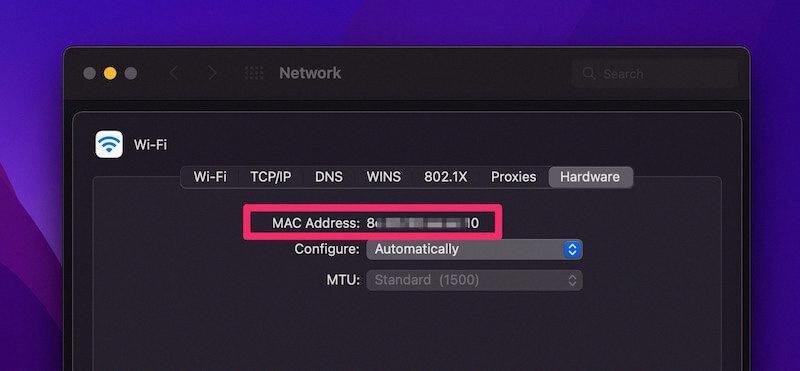
Source: macbookproslow.com
Finding an Ethernet Address
To find your Ethernet address, you can use the Command Prompt. To do this, open the Start Menu, type “Run” into the search bar and hit enter. In the box that appears, type “cmd” and clicks okay. A new window will appear with a prompt; type in “ipconfig /all” and press enter. You should now see a list of information about your network configuration. Look for “Physical Address….:” under the heading “Ethernet adapter Local Area Connection”. The string of numbers and letters next to this is your Ethernet address.
Finding the Ethernet Network Address
To find your Ethernet (or physical) network address, start by opening the Command Prompt window. To do this, go to the Start menu, then type ‘CMD’ in the search box and press Enter. In the Command Prompt window, type ‘ipconfig/all’ and press Enter. Look for the section called ‘Ethernet adapter Local Area Connection’. There you’ll find your Ethernet network address listed as a series of six numbers separated by colons, such as 00:0C:29:7D:B6:A2. This is your unique identifier for the computer on your local network.
Finding Ethernet Settings on a Mac
To find your Ethernet settings on a Mac, open the System Preferences by clicking the Apple icon in the top left corner of your screen. Then click the “Network” icon in the System Preferences window. In the sidebar, you should see all of your network connections, including Ethernet, listed under “Network.” Select Ethernet from the list and it will show you all of your current Ethernet settings. From here you can customize any settings related to your Ethernet connection, such as setting up a static IP address or changing your DNS server.
Conclusion
The Ethernet Mac Address is a unique identifier that is used to identify a device on a network. It is made up of a series of 12 digits and looks like this (00:1A:C2:7B:00:47). In order to find your Ethernet Mac Address, you can open the terminal or command prompt on your computer and type in the appropiate command. If you are having any issues with connecting to the internet or your network, it may be worth checking that your Ethernet Mac Address is correct and that your Ethernet cable is securely connected.

